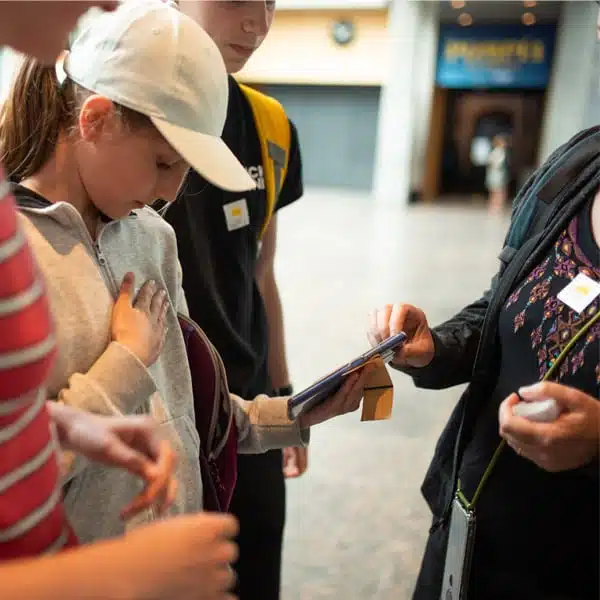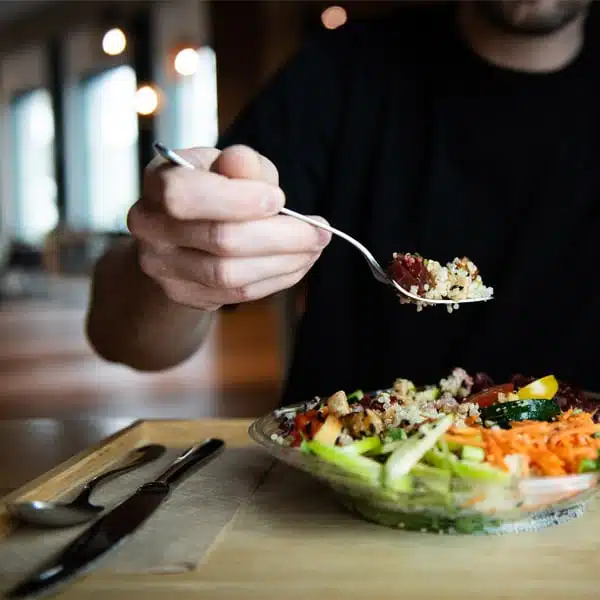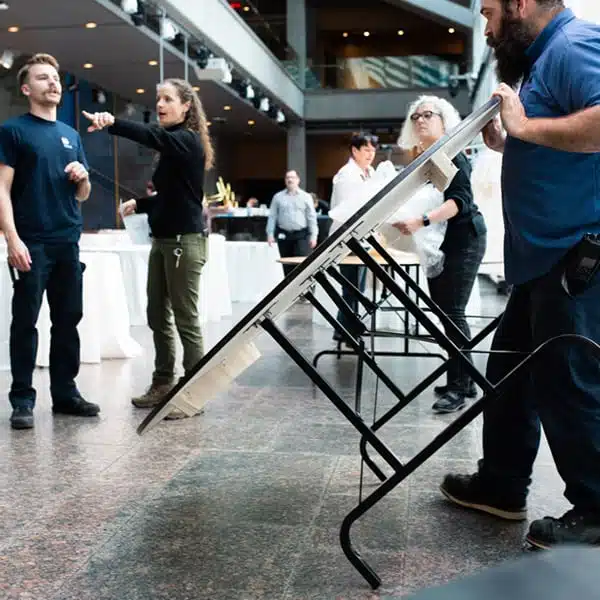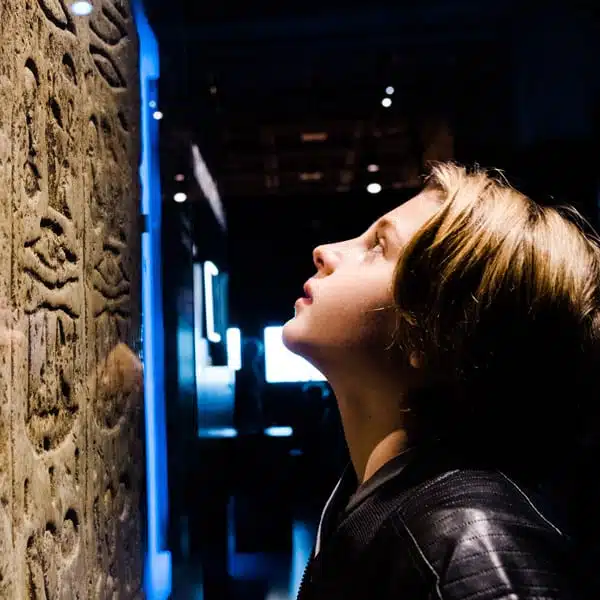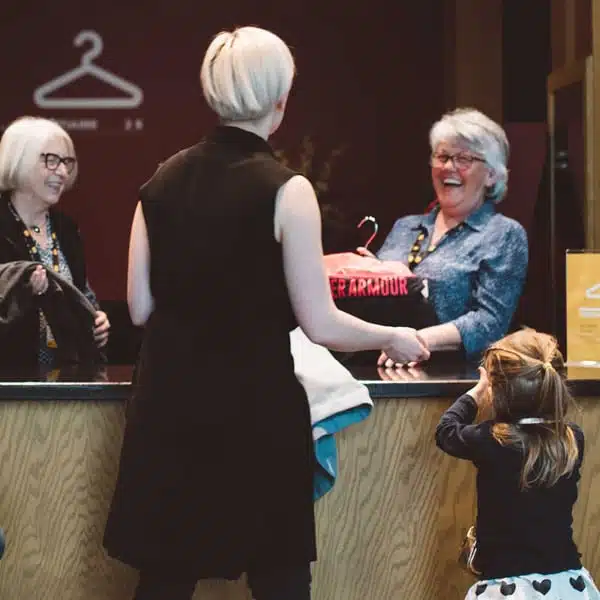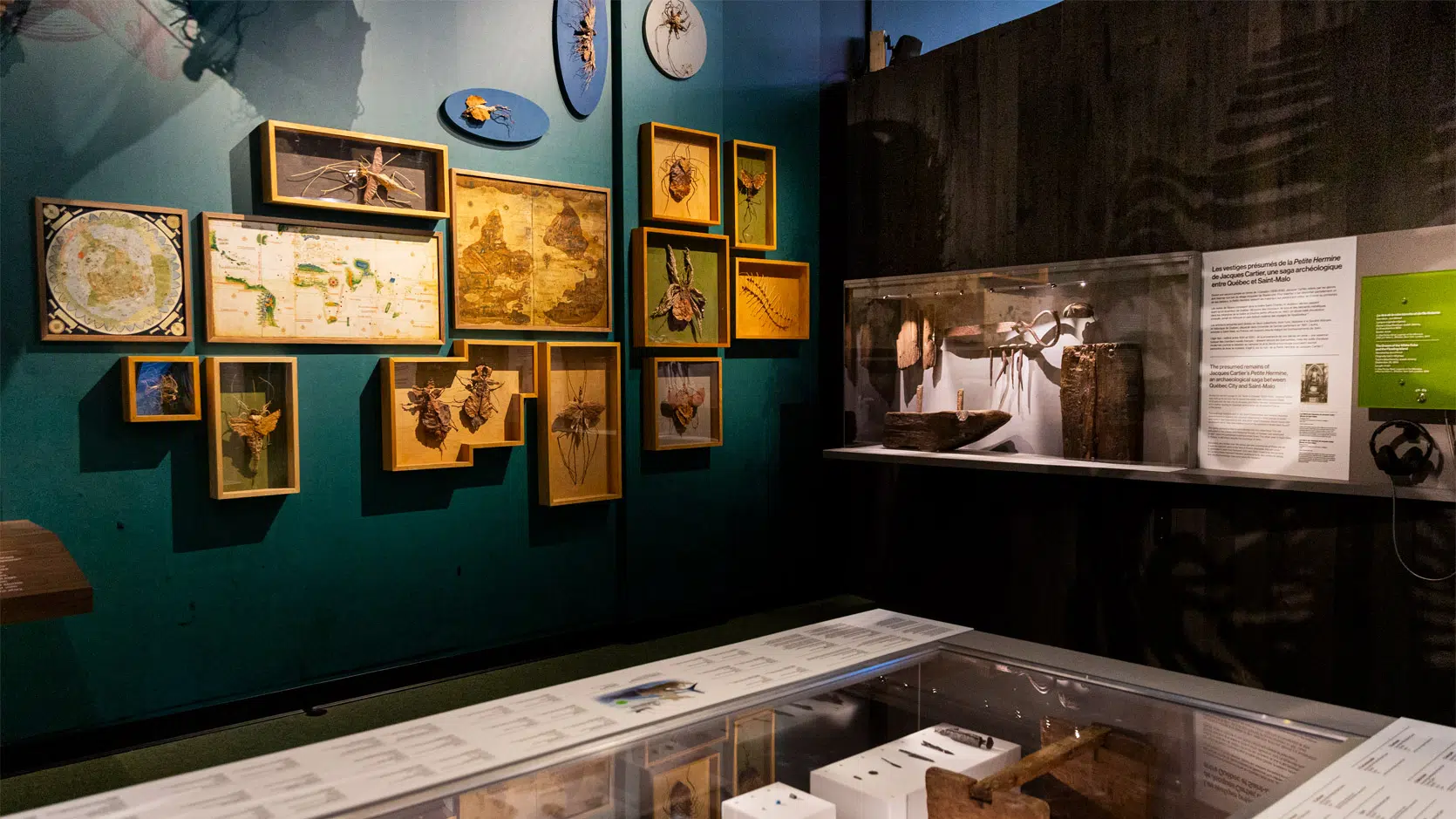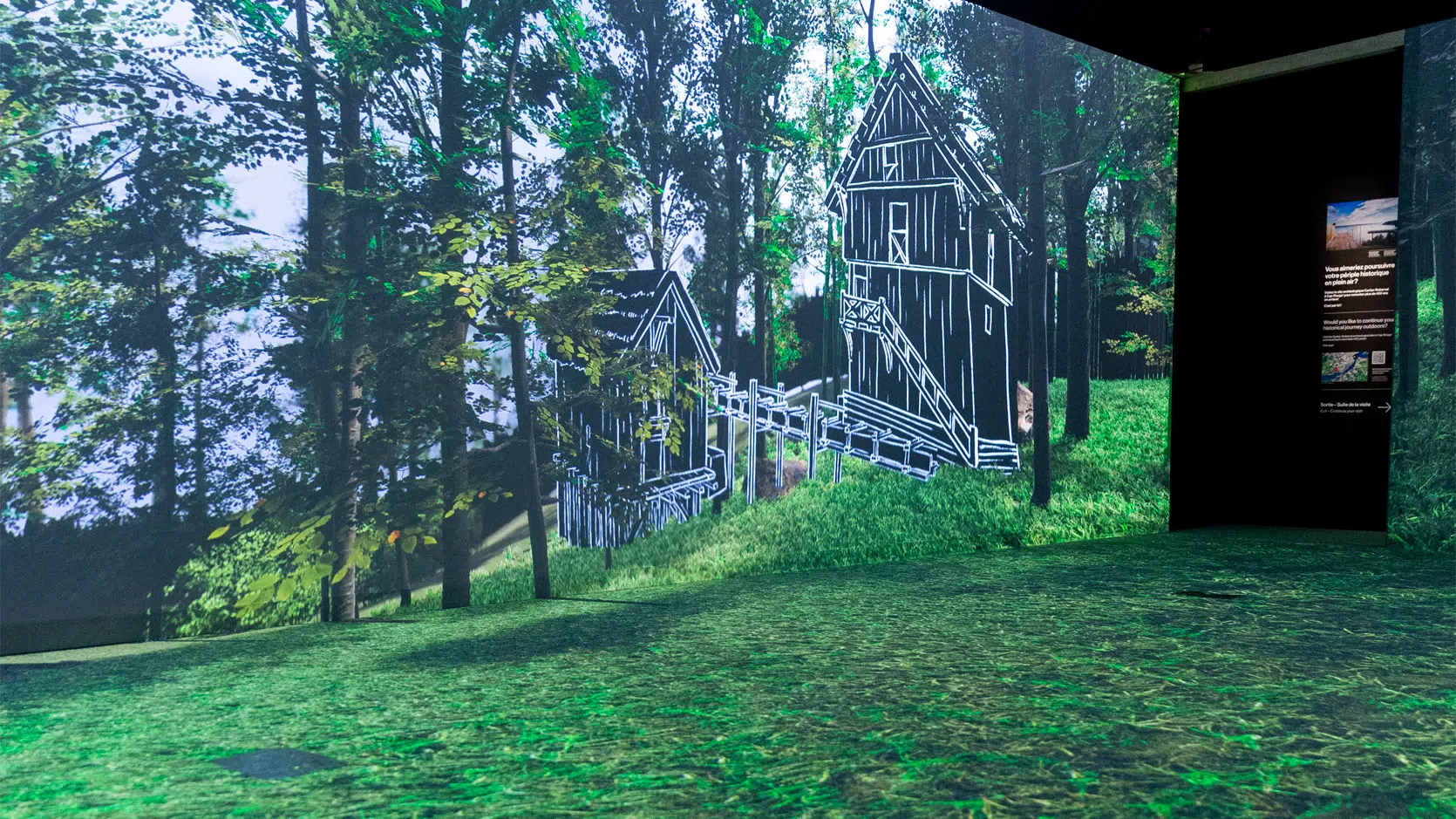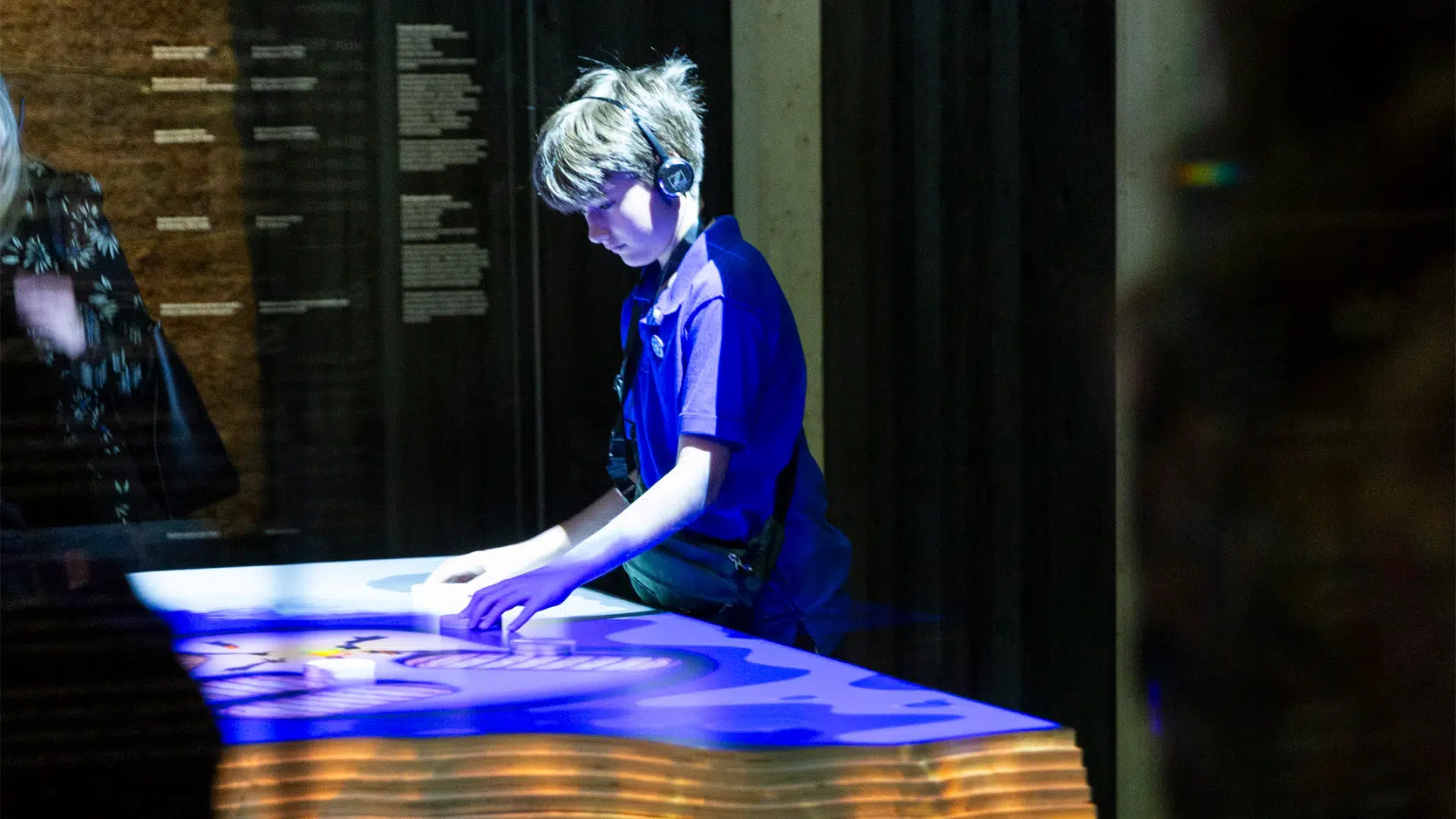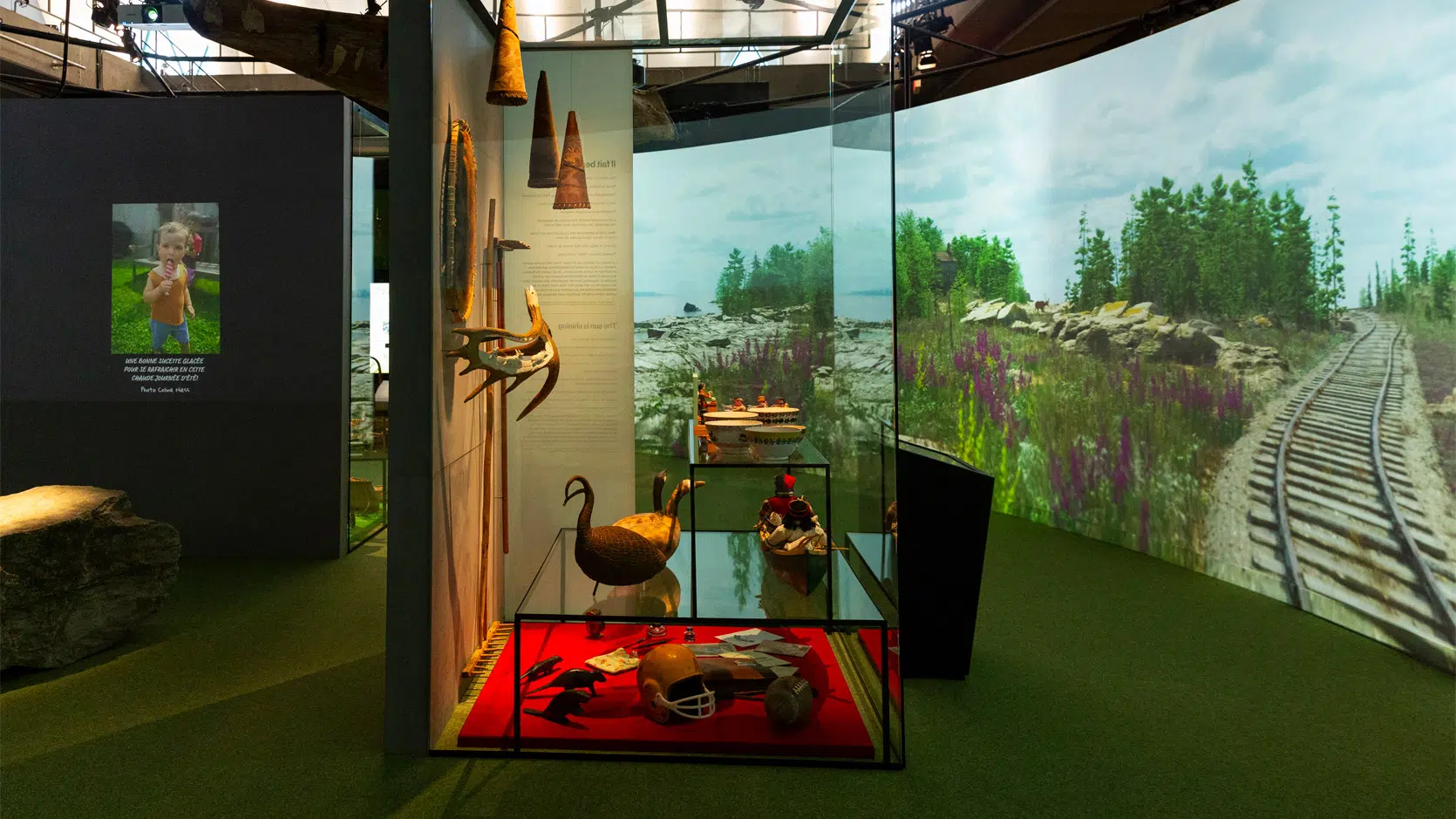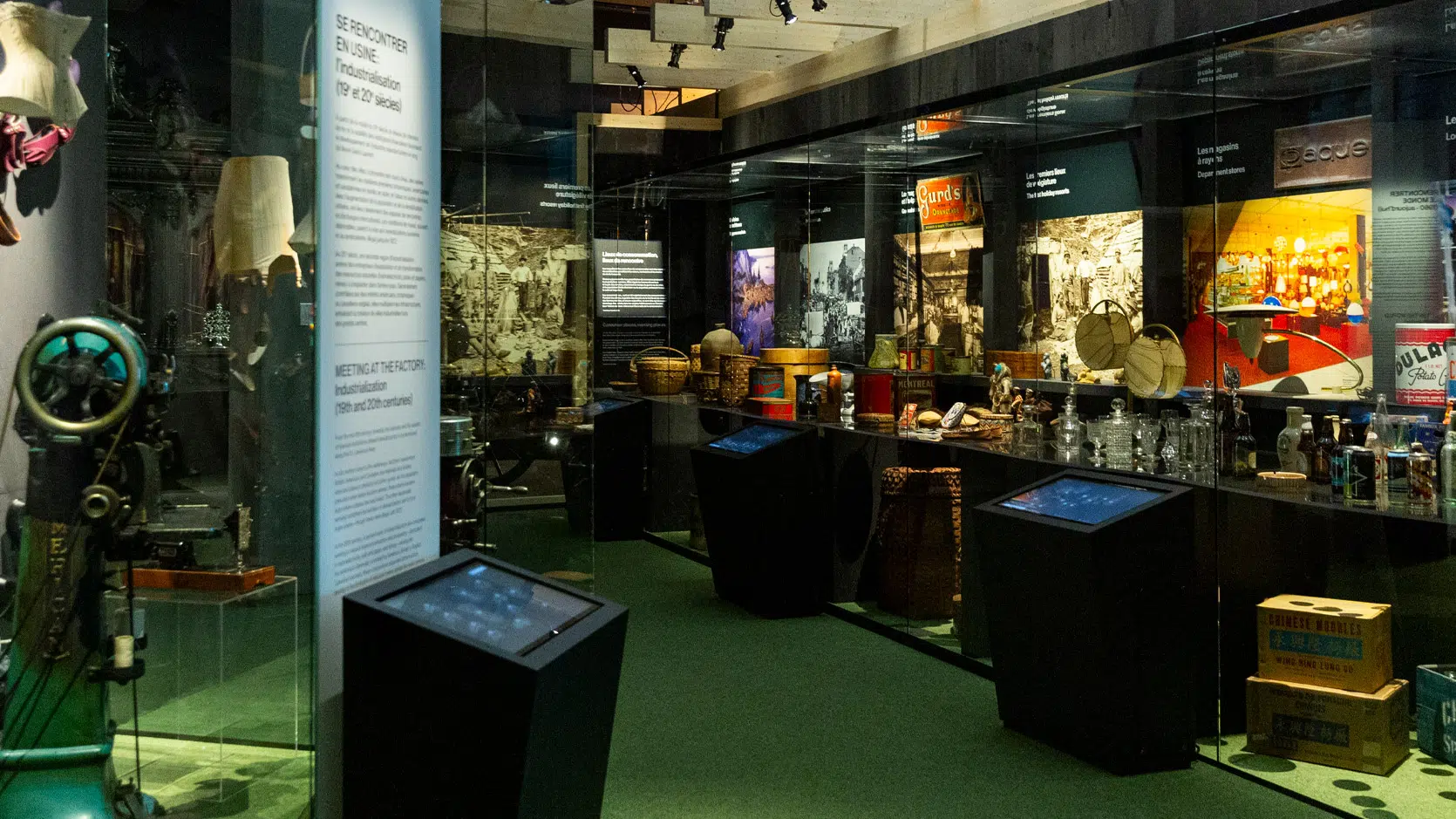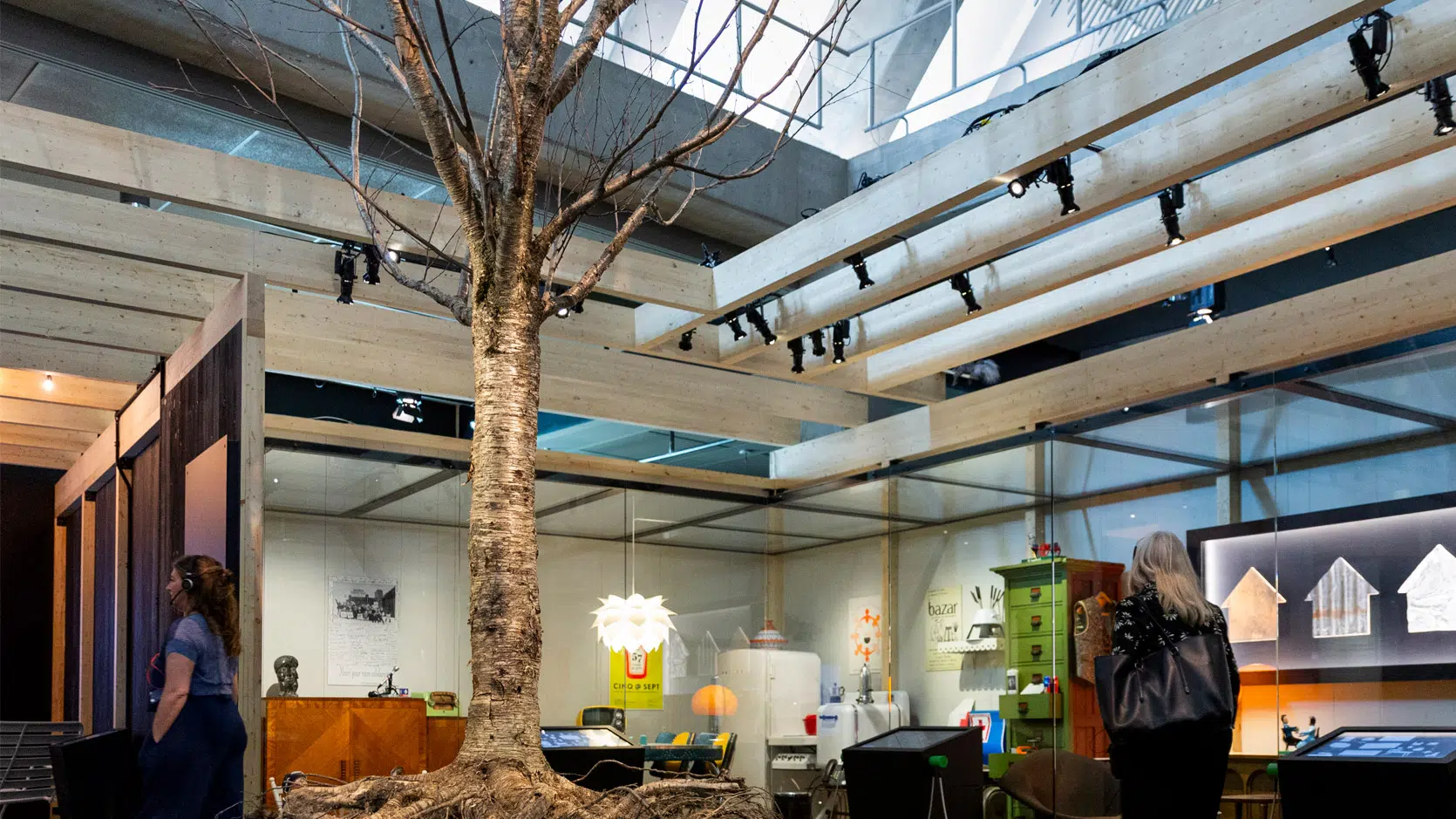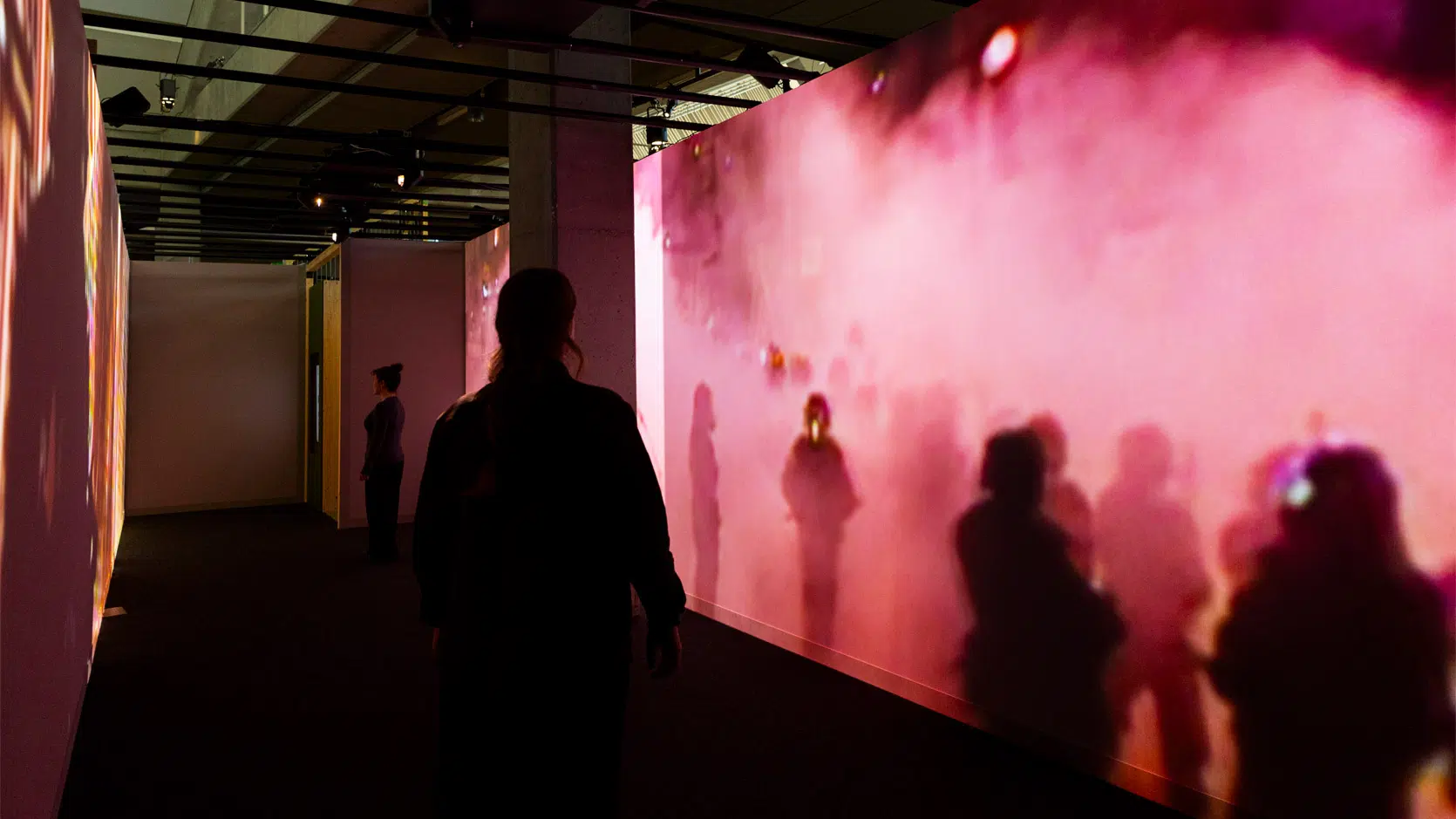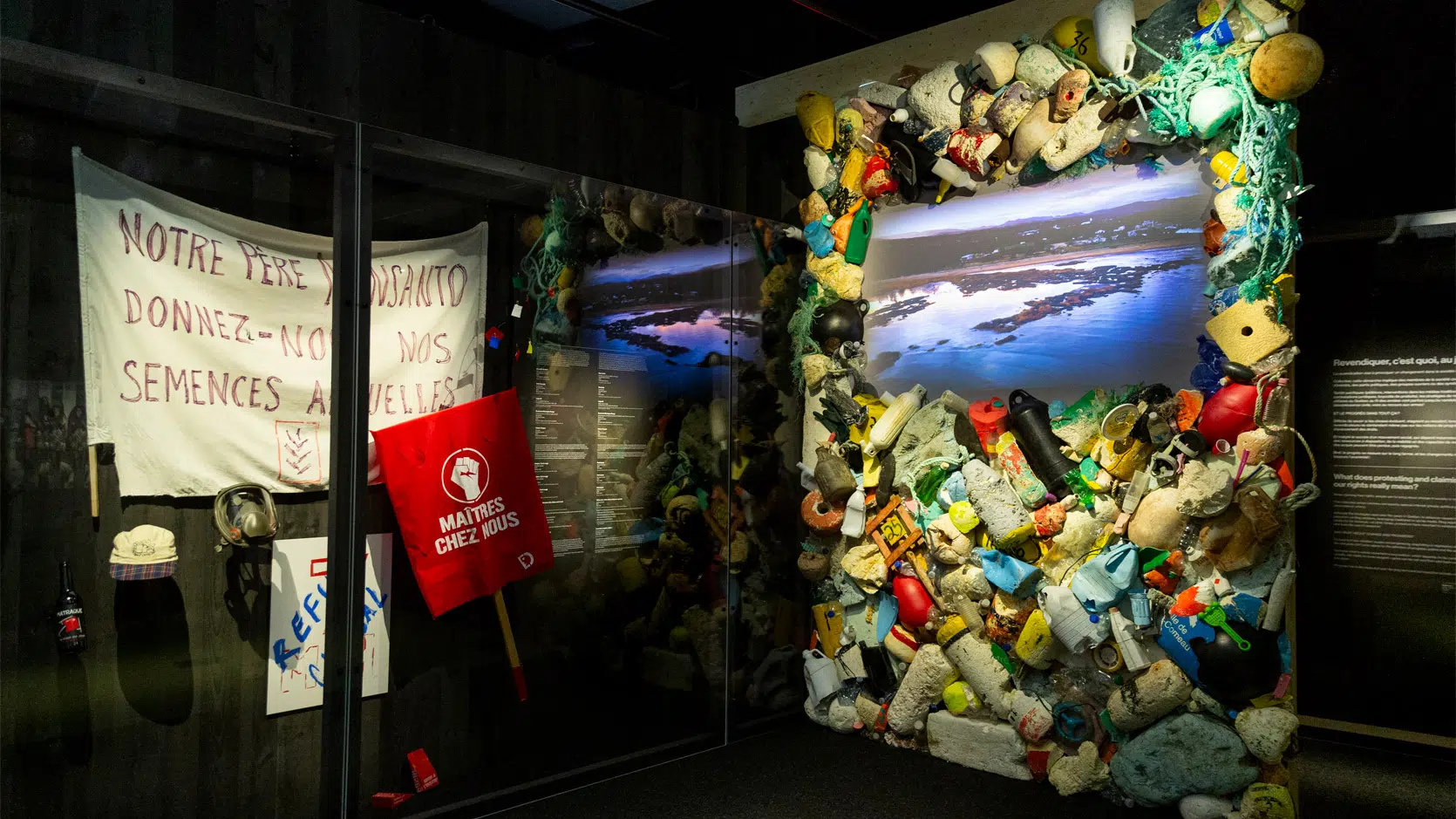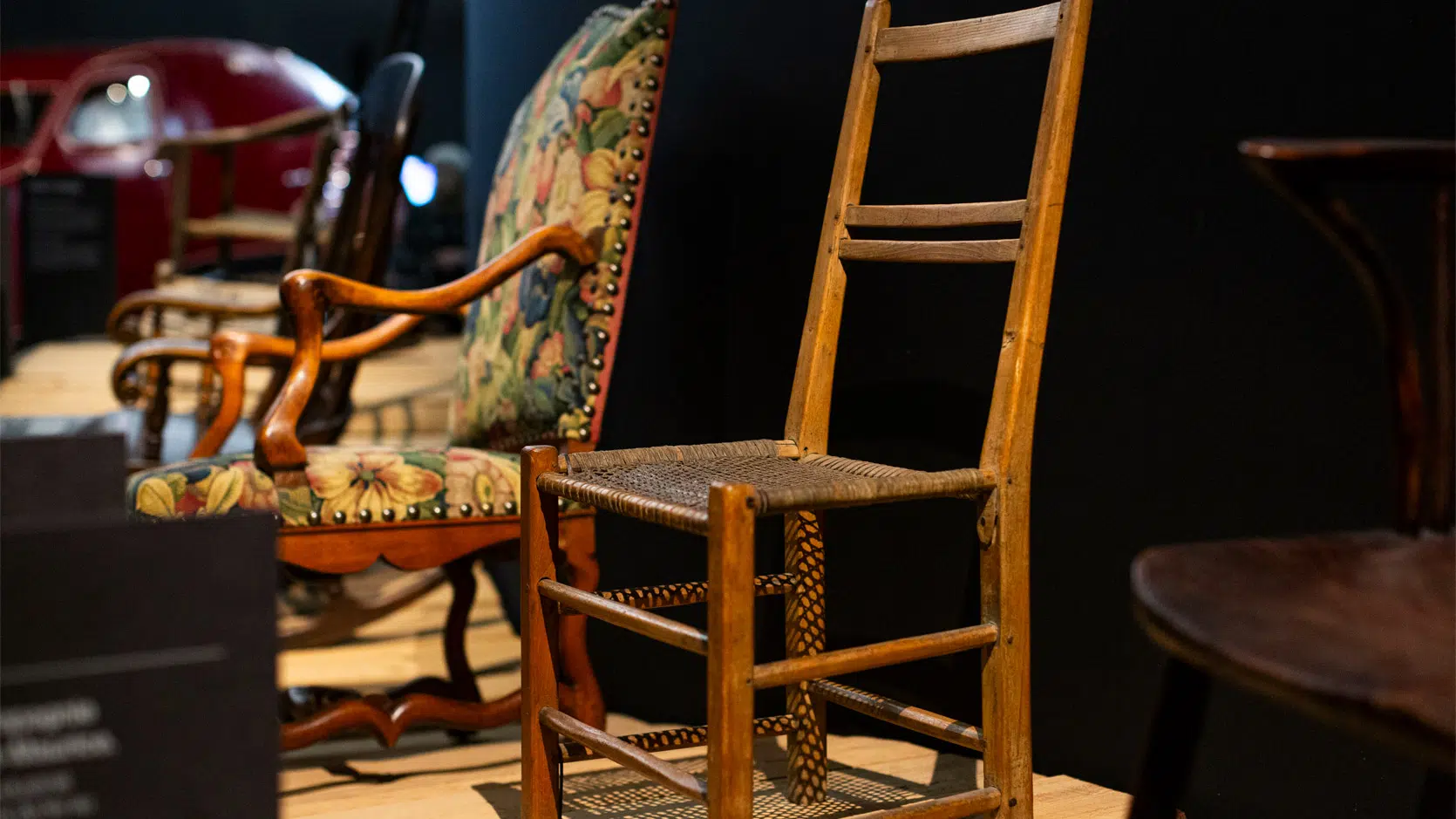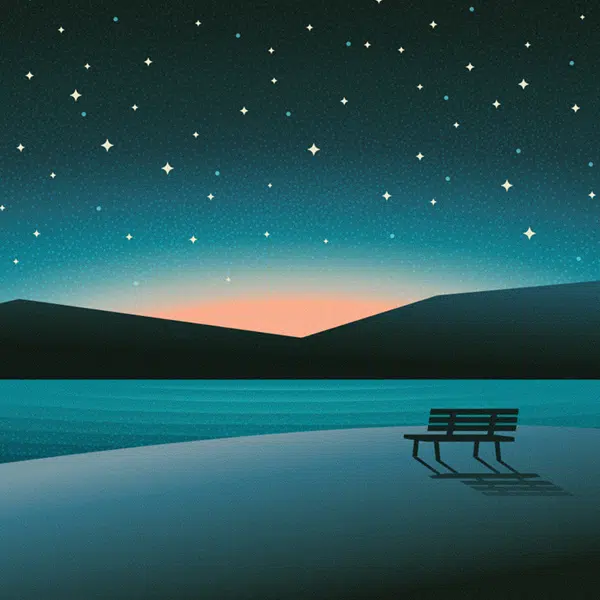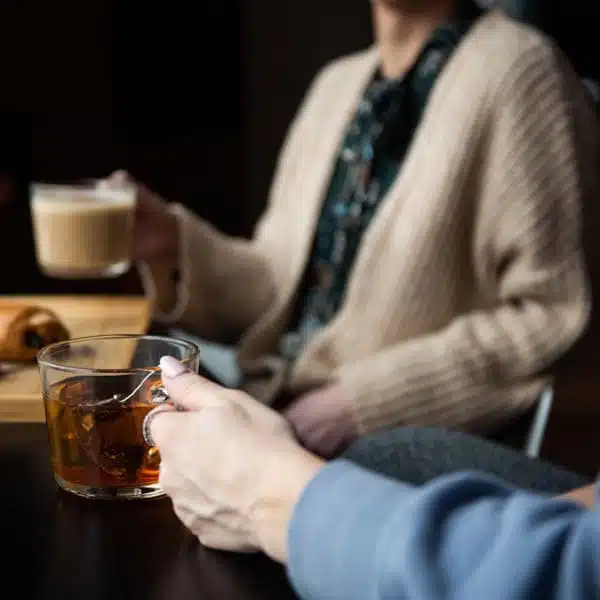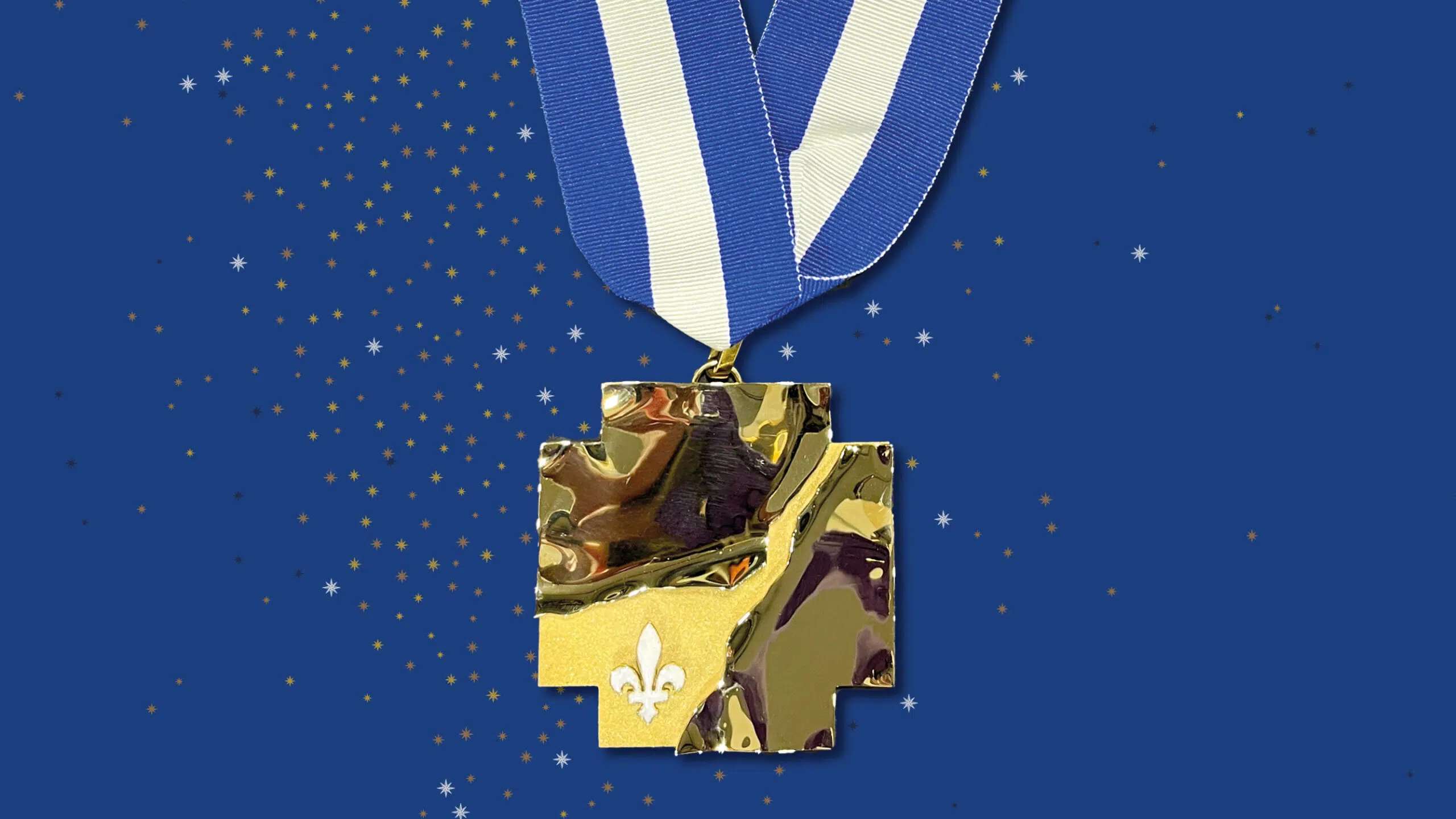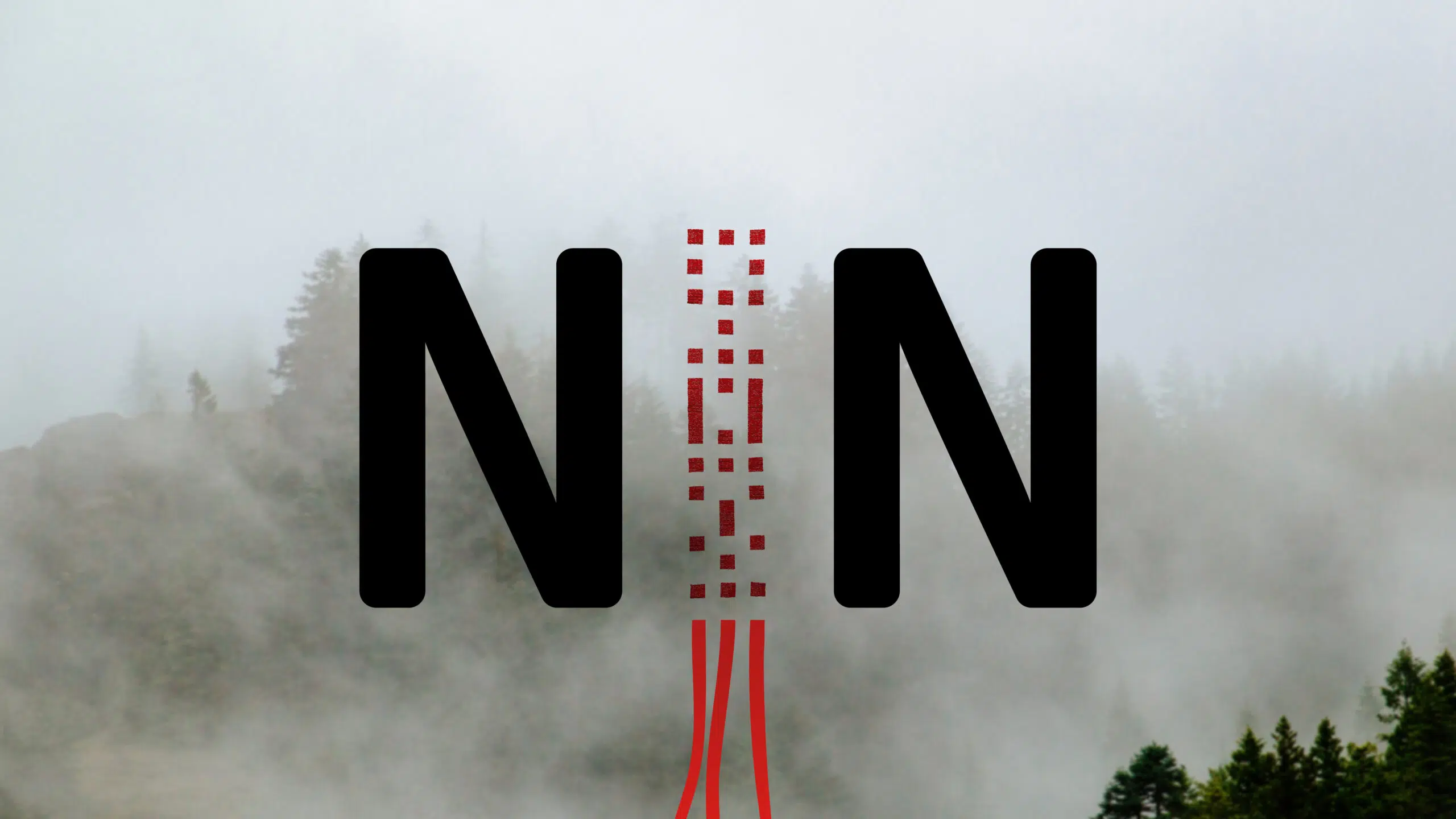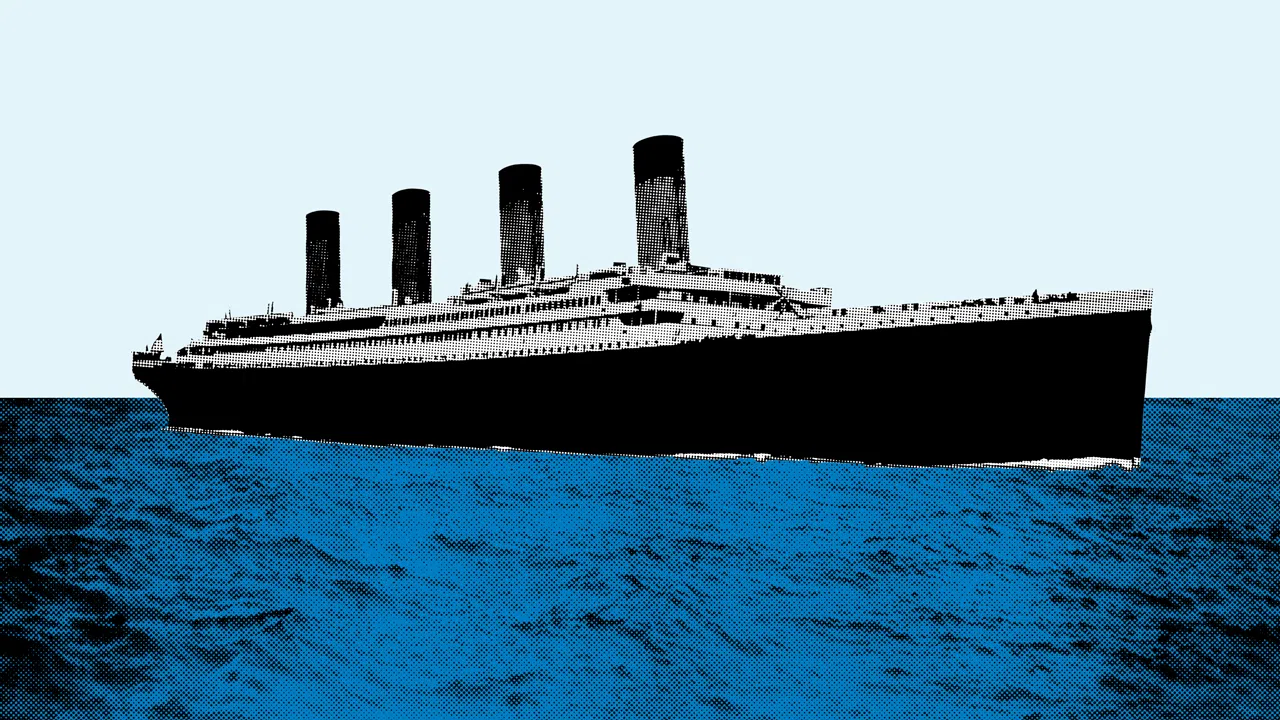In Other Words, Québec
In Other Words, Québec
- Permanent exhibition
-
View
rates - Musée de la civilisation
Buy your tickets online and save up to $3 per ticket!
Buy ticketsTake a stroll in a large park and look through different lenses to see significant events of Québec’s history, ranging from its territory, its occupation, its battles and its evolution to its current modern issues.
This exhibition about Québec is centred around the theme of encounters: encounters from the past that shaped the present and the future; encounters between peoples, nations and communities, individuals, beliefs and mindsets; heated, identity-based, festive, hurtful and uniting encounters; encounters that were hoped for, impromptu, celebrated or hidden . . . many occasions to learn, to question ourselves, to be surprised and amazed!
An exhibition designed and created by the Musée de la civilisation with the financial support of the ministère de la Culture et des Communications. In other words, Québec is presented in collaboration with the Commission de la capitale nationale du Québec, Aliments du Québec and La Presse.
This reference exhibition on Québec contains 1,300 objects filled with history, witnesses of past and present encounters. And 930 of them are linked to a digital label that shares more information on the object and its environment. A novel way to learn about Québec’s heritage.
Pavilions of the Exhibition
Covering 1,570 m2, making it the biggest area ever used for a Musée de la civilisation exhibition, In Other Words, Québec features six pavilions with different themes:
- Inhabiting includes the Cartier-Roberval archaeological site, where two worlds meet, presented by the Commission de la capitale nationale du Québec
- Living
- Exchanging
- Sharing
- Protesting
- Belonging
Québec: A vibrant, vast territory, rich with history
The Inhabiting pavilion, the first chapter of the In Other Words, Québec exhibition, explores how various peoples have lived in and transformed this land over time, shedding light on the migrations, encounters and ways this vast territory has been occupied.
Where two worlds meet: The Cartier-Roberval archeological site
Presented by the Commission de la capitale nationale du Québec, this section of the Inhabiting pavilion is entirely devoted to France’s first attempt at colonization in 1541 in what is now Cap‑Rouge.
The Musée de la civilisation offers an immersive and interactive experience that brings this foundational event to life in various ways:
- An immersive film about archaeologist Yves Chrétien’s discovery of the site in 2005
- The La mission du Roy educational activity for young audiences
- The Le fort d’en haut interactive game that sheds light on daily life in the colony
- A selection of items from our collection found in archaeological digs
To top off your visit to the Musée, head over to the Cartier‑Roberval archaeological site, in Cap‑Rouge, and choose from a host of activities:
- Set off on an interpretive itinerary using augmented reality in the Cartier-Roberval RA app (French only) to discover the site as it was in 1541.
- Enjoy the panoramic view of the Saint Lawrence River and the mouth of the Cap‑Rouge River from the observation deck.
- Take a workshop, a guided tour and more with a guide or archaeologist on a Saturday in July and August (explore thefull programming (in French)).
- Take a walk along marked trails to contemplate the riverbanks and natural heritage of Cap‑Rouge.
Four seasons—five or six based on the Indigenous perspective—set the pace for encounters with family, friends and lovers, and for sports, religious and school gatherings.
This pavilion present the cyclical movement of seasons, namely with a captivating projection with seasonal landscapes.
From Indigenous fairs to general stores, to supermarkets, factories and businesses, this pavilion presents the encounters that take place through work, trade, negotiations and spending.
The different trade methods used to obtain goods and services show the economic, geographical. social and political history of populations over time.
The aid history reflects the evolution of values and social changes in Québec.
The Sharing Pavilion displays a crucial space for mutual help and solidarity in Québec: a home. A safe space for personal, family and collective life where the different rooms create an ideal space for gatherings and mutual help between family members . . . in the broad sense of the word!
A yellow birch, Québec’s emblematic tree and ultimate symbol of sharing, is also a main element of the pavilion.
Upon entering the pavilion, the public is immediately swarmed with archive images of protests, giving them the impression of being there.
Indigenous protests, colonial protests, the women’s right to vote, the right to strike, we meet in solidarity to create a societal change.
To make it happen, we use peaceful actions such as marches or visual arts, but sometimes vandalism, civil disobedience and even weapons are involved.
Many people born here identify as Quebecers or Canadians, some even identify as both, and others first identify themselves as members of the First Nations or citizens of the world!
Identity is built around many factors, including gender, family, culture and neighbourhood of residence, and is defined by a specific period and context. This last pavilion is based on this notion.
Tickets for the Titanic. The Human Story exhibition are limited. Buy your tickets online and save up to $3 per ticket!
Buy tickets




